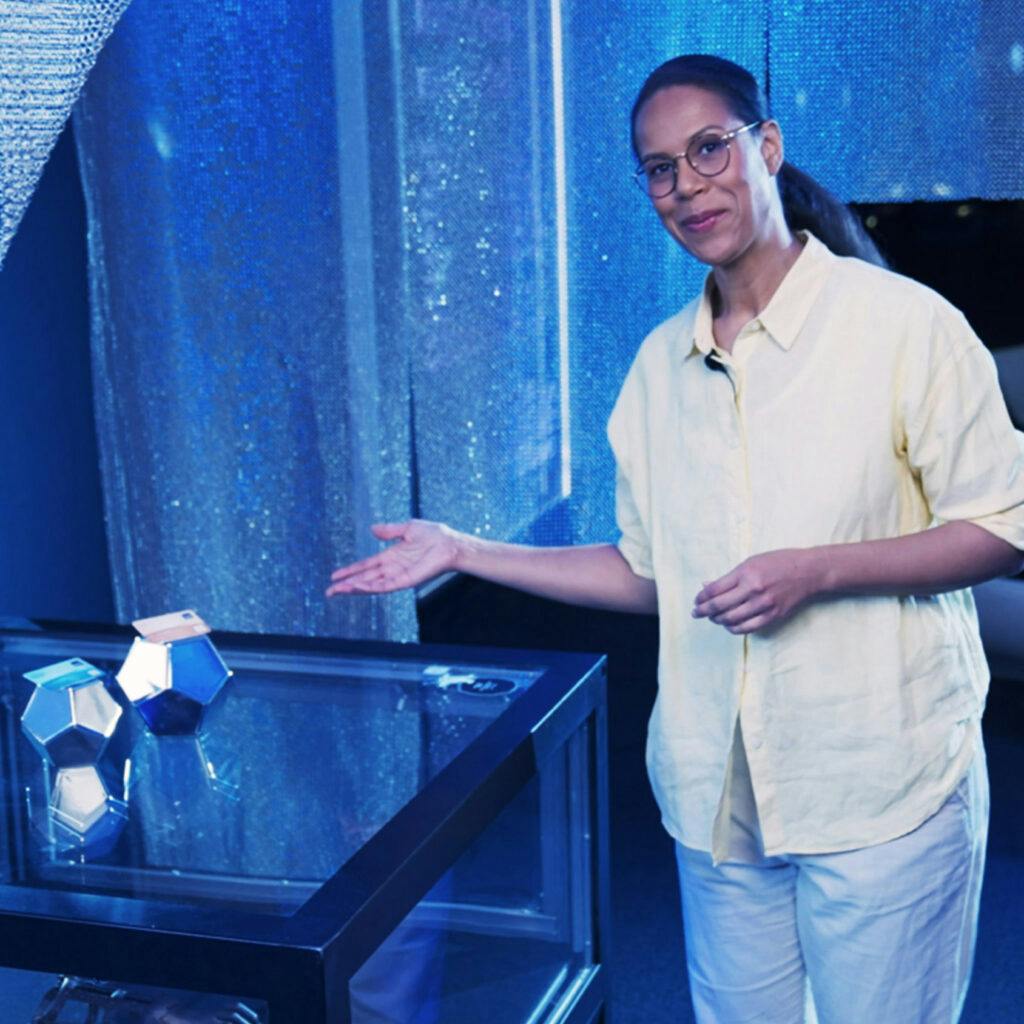Time travel to year 2053
Here are three different ways to introduce the work with Beyond the Fossil Era and place the pupils in year 2053. Watch a short film, perform a time travel ceremony or read out the opening speech for the fossil museum.
Below are three suggestions of how you, the teacher, can help pupils transport themselves to the year 2053. Choose the way that suits you the best, or take inspiration from the suggestions and put together your own version of time travel. The only limit is your imagination! Some teachers have instructed the whole group to go out through one door and in through another. Others have played "future music" or other strange sounds to get into the right mood.
By allowing the time travel to take up time and space, a clear marker is created between the present and the "future" in 2053. This makes it easier for the pupils to integrate themselves into the continued work with Beyond the Fossil Era and helps them reflect on a deeper level.
1. Watch the film "Welcome to the fossil museum" (3 min)
This film takes the pupils to a future where the climate targets have been achieved. In 2053, eight years after Sweden achieved net-zero emissions, the fossil exhibition is inaugurated on behalf of the Swedish government. A museum guide presents some of the objects and stories we remember from the fossil era.
2. Perform a time travel ceremony (4 min)
Carrying out a short meditation exercise is a way to evoke thoughts and raise commitment before taking on further tasks in Beyond the Fossil Era. Here is an example of how one such meditation can be performed. Click the arrow to expand the full instruction.
Instruction
The time has come for us to travel in time, to the year 2053! Stand up and make sure you have some space both in front of and behind you. Close your eyes. You are going to take three steps, one at a time, when I tell you to.
Take the first step. Think about who you are today, in 2023, where you live, what your life looks like. What do you like to do?
(20-30 second pause)
Take the second step. Think about who you are in the future, in the year 2053. How old are you? Where do you live, what is your life like, what do you do during the day?
(20-30 second pause)
Take the third step. Think about what you did to become who you are today, year 2053. How have you changed? How has society changed?
(20-30 second pause)
Take a deep breath and open your eyes. Welcome to the year 2053!
3. Read the opening speech of the fossil museum (3 min)
This speech is suitable to read out as the first thing you do when the lesson starts. Feel free to enhance the dramatic feeling by putting up a sign on the classroom door or playing some ambient music.
Eight years ago, in 2045, Sweden became the first country in the world to achieve net zero emissions. This means that our emissions of greenhouse gases have been minimized and the emissions that are still made are captured and stored.
Everything is not perfect. But we have come quite far.
You have all experienced the transformation of our society. You have contributed to it in various ways. Some things that used to feel impossible are now obvious. Today, it is hard to imagine that people used to drive to work in big, heavy, gas-guzzling cars and eat animal-based fast food for lunch. Do you remember what it was like, when "unboxing" was trending in social media and so many things in our everyday lives were made of or packaged in plastic manufactured from fossil oil? It is natural to experience mixed feelings when we think about everything that has happened since then. Grief, over things lost — species, landmasses, activities, and things that have disappeared along the way. Joy, over decisions made and new opportunities created. Hope, that continued change is possible.
Now, year 2053, an exhibition is opening, with objects and stories from the fossil era and the transition to a fossil-free society. We are going to visit it. It will be a nostalgic trip for all of us who were there during the transition years. A look back at things that have disappeared, changed, or come into existence. Welcome!
